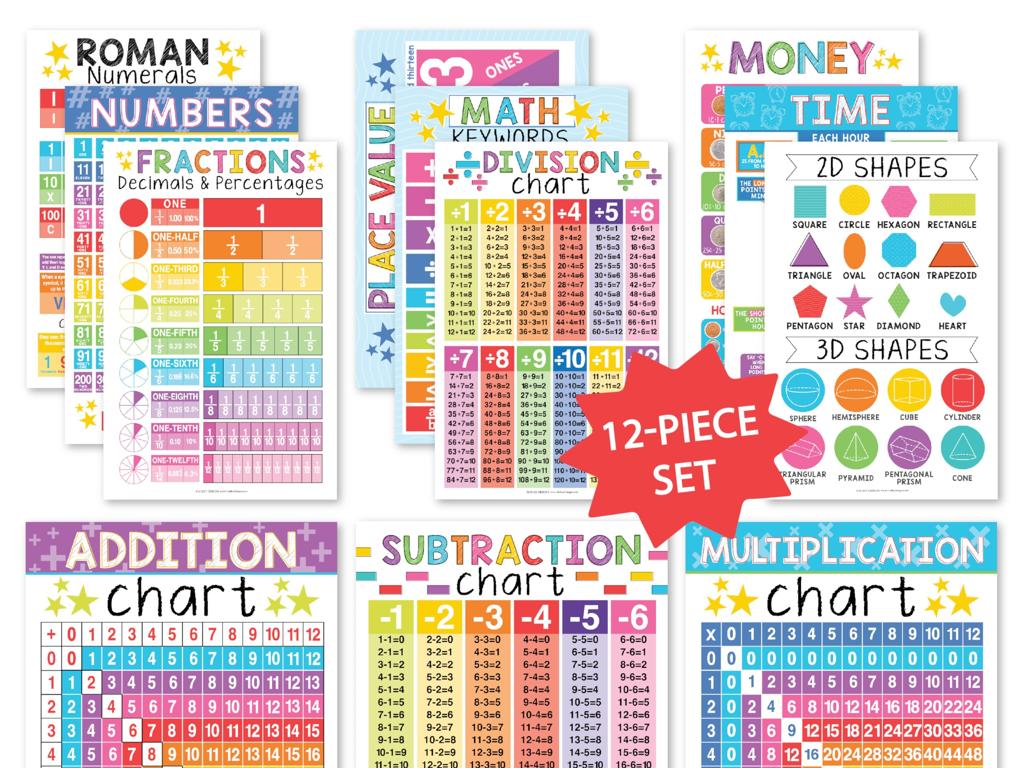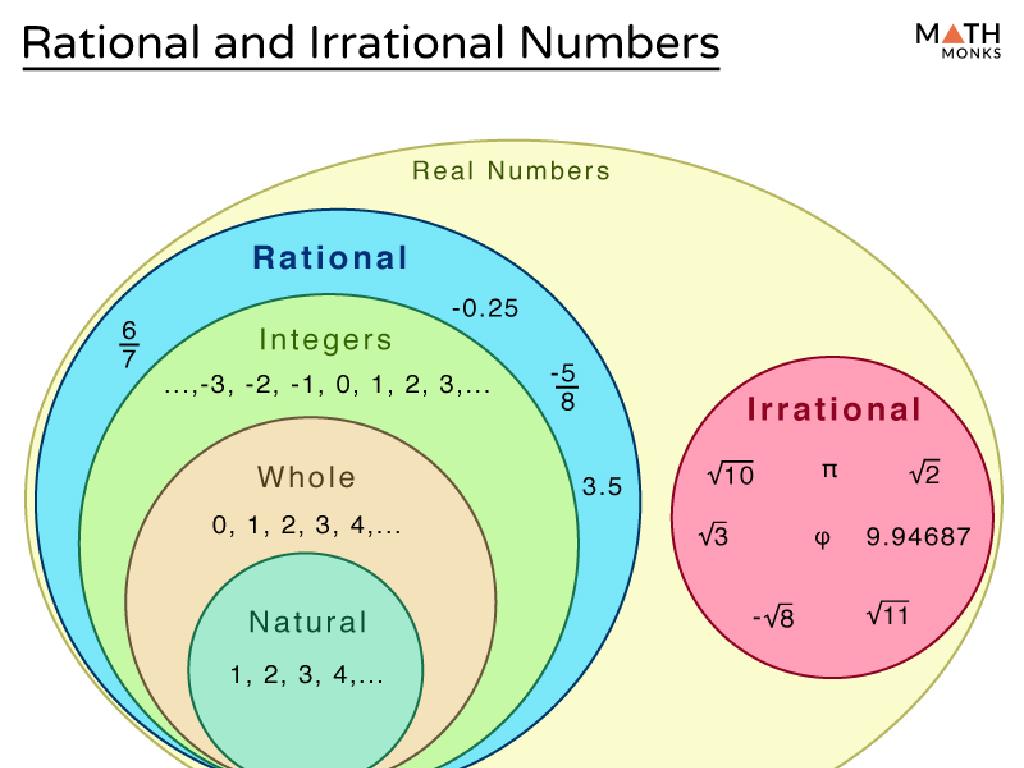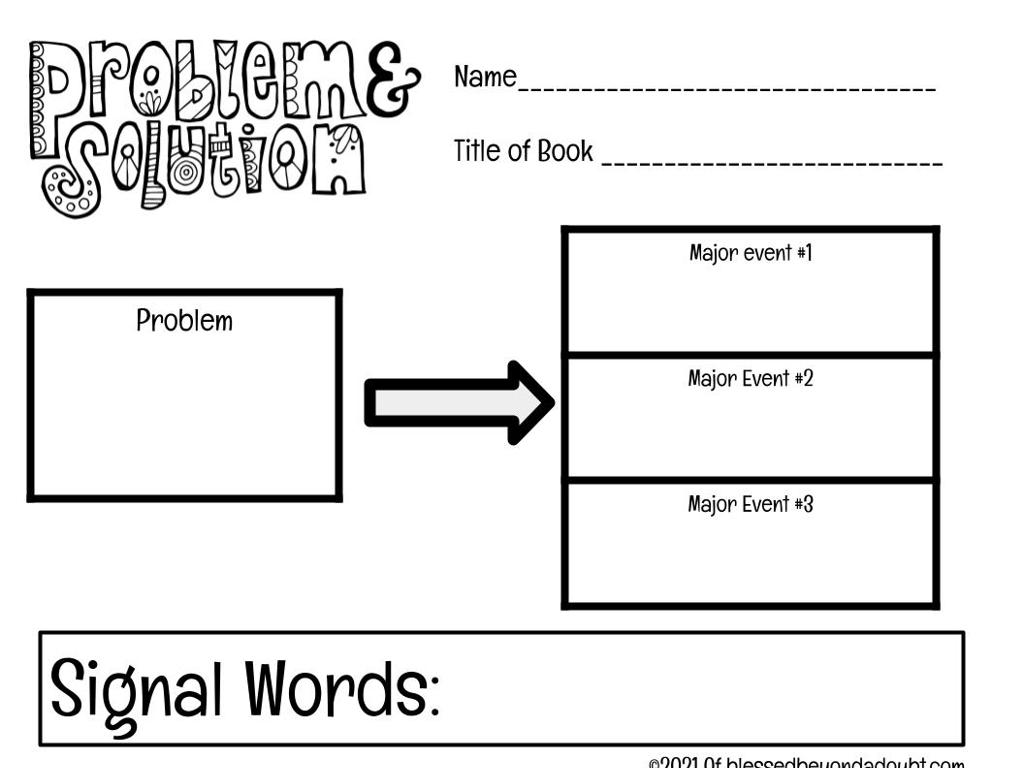Identify Counterclaims
Subject: Language arts
Grade: Eighth grade
Topic: Persuasive And Opinion Writing
Please LOG IN to download the presentation. Access is available to registered users only.
View More Content
Understanding Counterclaims in Persuasive Writing
– Define persuasive writing
Persuasive writing aims to convince readers to accept a viewpoint.
– Today’s focus: Counterclaims
Counterclaims are opposing viewpoints or arguments.
– The role of counterclaims
They show understanding of different perspectives.
– Strengthening arguments
Acknowledging counterclaims can make your argument more convincing.
|
This slide introduces students to the concept of persuasive writing with a specific focus on identifying counterclaims. Begin by defining persuasive writing as a style that aims to persuade or convince readers to adopt a certain point of view. Emphasize the importance of understanding and identifying counterclaims, which are the arguments that oppose the writer’s thesis or main argument. Discuss why recognizing counterclaims is crucial: it demonstrates a comprehensive understanding of the topic and enhances the credibility of the writer’s argument. Encourage students to think critically about different perspectives and to practice identifying counterclaims in sample texts. This will prepare them for crafting stronger, more persuasive arguments in their own writing.
Understanding Counterclaims in Persuasive Writing
– Define a counterclaim
– A statement opposing an argument’s main claim
– Counterclaims strengthen arguments
– They show consideration of different viewpoints
– Recognize counterclaims in debates
– In discussions, identify opposing points raised
– Practice with everyday examples
– Use common arguments, like school uniforms, to illustrate
|
This slide introduces the concept of a counterclaim, which is a critical element in persuasive writing. A counterclaim is an opposing viewpoint or argument that challenges the main claim. Its role is to acknowledge and address differing opinions, thereby strengthening the original argument by demonstrating thorough consideration and rebuttal. Provide students with relatable examples, such as common debates on school policies or societal issues, to help them identify and understand counterclaims. Encourage them to think critically about both sides of an argument. In the next class, students can practice crafting their own counterclaims and rebuttals through structured activities and discussions.
Analyzing Persuasive Texts: Counterclaims
– Identify the main claim
– The main claim is the author’s primary argument or point.
– Find counterclaims in the text
– Counterclaims are opposing arguments to the main claim.
– Understand the author’s perspective
– Perspective is shaped by the author’s beliefs and experiences.
– Evaluate the argument’s strength
|
This slide aims to teach students how to critically analyze persuasive texts by identifying the main claim and recognizing counterclaims that challenge it. Understanding the author’s perspective is crucial as it influences the presentation of the argument. Students should learn to evaluate the strength of the argument by considering how well the main claim is supported and how effectively the counterclaims are addressed. Encourage students to practice these skills by analyzing sample texts and discussing the impact of different perspectives on the argument’s persuasiveness. This will enhance their critical thinking and analytical skills in Language Arts.
Counterclaims in Persuasive Writing
– Understanding counterclaims
– A counterclaim is an argument opposing your claim.
– Presenting counterclaims respectfully
– Use polite language and solid evidence.
– Recognizing the value of opposing views
– It shows thorough understanding and respect.
– Real-life counterclaim scenarios
– Discuss examples like debates or legal cases.
|
This slide aims to teach students about the role of counterclaims in persuasive writing. A counterclaim is essential as it shows that the writer has considered other viewpoints, enhancing the credibility of their argument. Students should learn to present counterclaims in a respectful manner, using evidence to support their position while acknowledging the opposing argument. Emphasizing the importance of different perspectives encourages critical thinking and a more comprehensive understanding of the topic. Use real-life scenarios such as debates or legal cases to illustrate how counterclaims function in practice. Encourage students to think of times when they have encountered counterclaims in their lives, such as in discussions with friends or family.
Crafting Your Own Counterclaims
– Steps to create a strong counterclaim
– Identify the claim, understand opposing views, and construct a reasoned argument.
– Practice with claim and counterclaim
– Consider a popular opinion and think of a reasonable opposing argument.
– Share your counterclaims in class
– Discuss how your counterclaim addresses the original claim and provides a different perspective.
|
This slide is aimed at teaching students how to effectively formulate counterclaims in persuasive writing. Start by explaining the steps to create a strong counterclaim, which involves understanding the original claim, considering the opposing viewpoints, and constructing a reasoned argument that challenges the original claim. Encourage students to practice this skill by thinking of a common claim and then developing a counterclaim on their own. Afterward, create an interactive classroom environment where students can share their counterclaims and discuss how their counterargument provides a different perspective. This exercise will help students understand the importance of addressing opposing views in persuasive writing and enhance their critical thinking skills.
Debate Club: Exploring Counterclaims
– Split into groups for debate
– Each group picks a debate topic
– Present your claim and counterclaim
– Define your stance and anticipate the opposing view
– Class votes on persuasive arguments
– Consider strength of reasoning and evidence
|
This class activity is designed to help students understand the concept of counterclaims in a practical and engaging way. By participating in a debate, students will not only articulate their own claims but also anticipate and address potential counterclaims, which is a critical skill in persuasive writing. Teachers should facilitate the group formation and topic selection, ensuring a diverse range of subjects. During presentations, encourage students to listen carefully to both claims and counterclaims, evaluating the effectiveness of the arguments based on the evidence provided. After all groups have presented, the class will vote on the most persuasive argument, reinforcing the importance of strong evidence and clear reasoning in opinion writing. Possible topics could include school policies, environmental issues, or local community matters.






